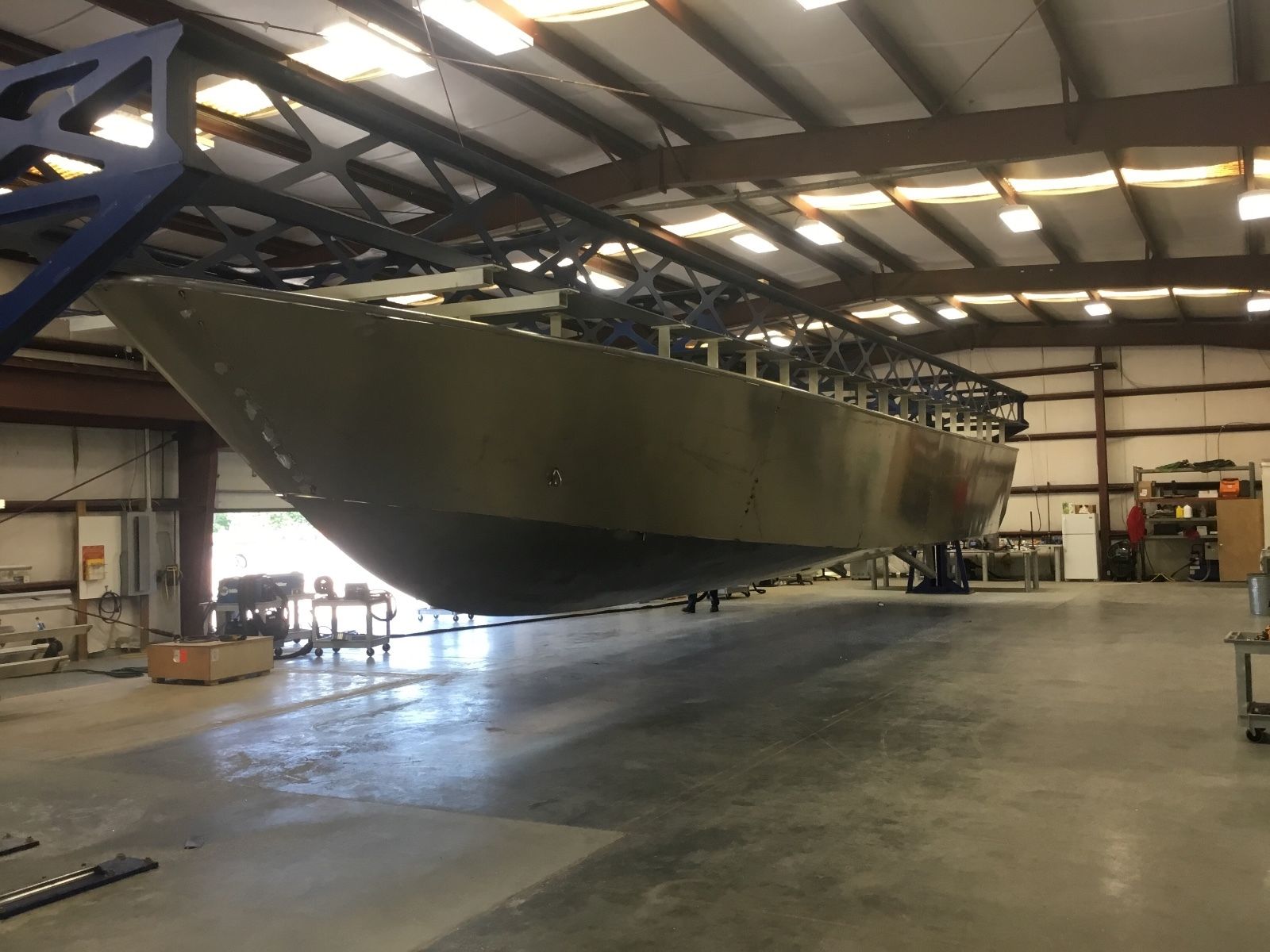


Just last year, the CBSAC decided to begin using more recent survey and harvest information from a stock assessment update that had been conducted in 2017. As long as the current population of female blue crabs fall in-between the target and the threshold levels, they are considered to be at a healthy number, although some restrictions will be in place to ensure they remain there. On the other hand, if the female blue crab population falls below the threshold level, then they are considered to be in trouble, and regulations will be put into place to limit harvesting until their numbers rebound. The target is the level that we want to achieve and maintain-it means that female blue crabs are considered to be stable and sustainable. For the past several years, the CBSAC had used reference points from 2011 to determine the target and threshold levels for the Chesapeake Bay female blue crab population. This information is determined by the annual Bay-wide Winter Blue Crab Dredge Survey, as well as harvest data from the prior year. This statement is based on a series of biological reference points set by the Chesapeake Bay Stock Assessment Committee (CBSAC), a group of experts from federal and state agencies, and academic institutions from around the Chesapeake Bay watershed.īiological reference points determine what the safe level for harvesting blue crabs would be, to ensure their population remains healthy. The 2021 Blue Crab Advisory Report was released today, sharing the good news that the Chesapeake Bay’s blue crab population is still considered to be healthy- not being overfished or depleted. (Image by Will Parson/Chesapeake Bay Program)

Robert Schilling holds a female blue crab with a visible "sponge" made of about two million eggs on board a deadrise workboat near Deal Island, Md., on May 26, 2020.


 0 kommentar(er)
0 kommentar(er)
